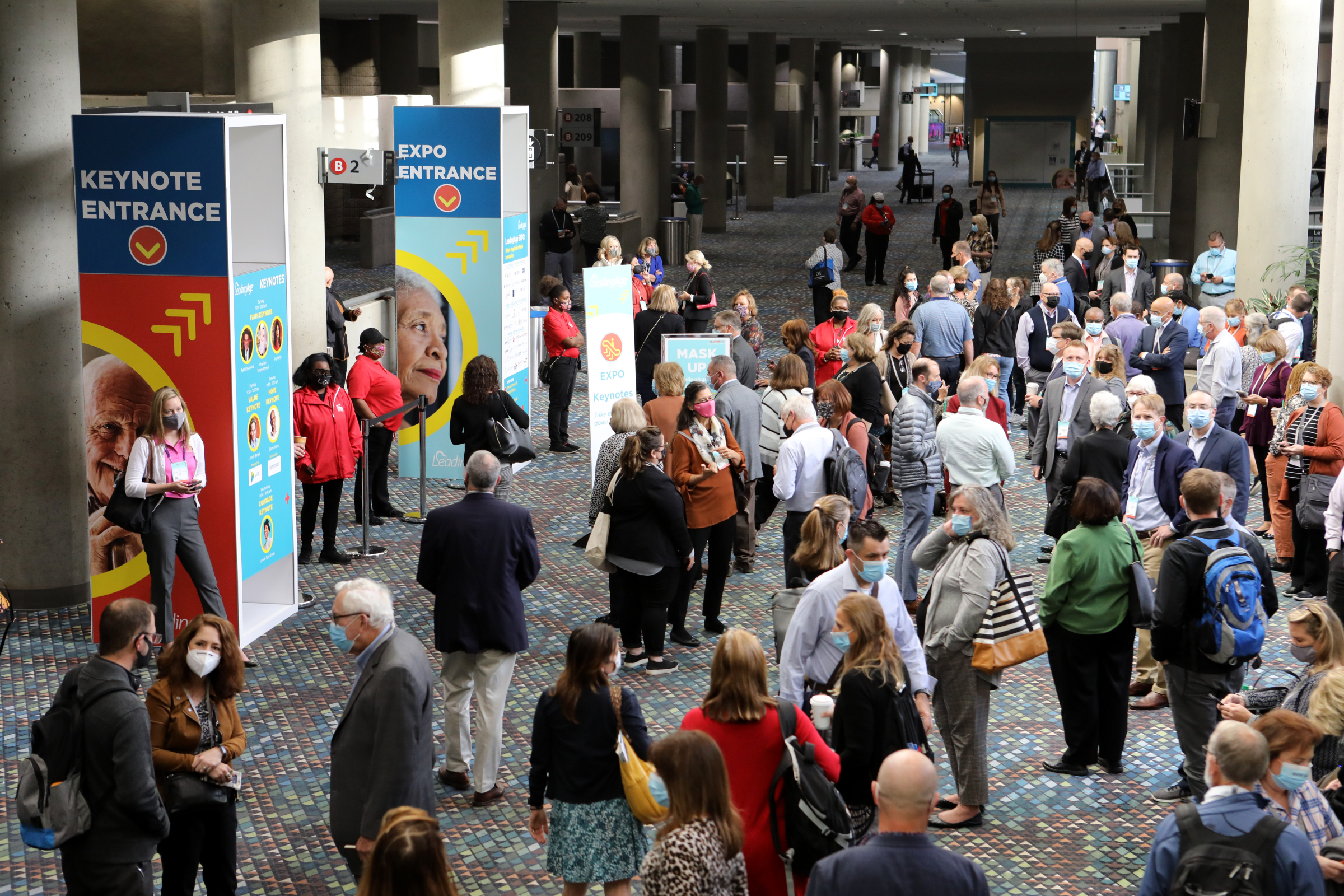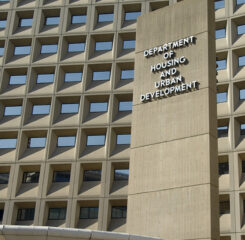HUD Announces Competition for $185M for New Section 202 Homes
At long last, HUD announced the Notice of Funding Opportunity (NOFO) for new Section 202 Supportive Housing for the Elderly grants. The NOFO will provide $184.6 million for capital advance funds and Project Rental Assistance Contracts to provide ongoing operating subsidy in those capital advance-funded units. The Section 202 program serves older adults 62+ with incomes below 50% of the area median income (“very low income”). Residents pay about 30% of their household income for their housing costs and the PRAC operating subsidy makes up the difference between resident rent payments and what it actually costs providers to operate and maintain qualify affordable senior housing (up to limits set by HUD). Applications for this Section 202 NOFO are due January 25, 2023.
Overview of Section 202 NOFO
Compared to the amount appropriated since the revival of funding for new Section 202 homes in 2018, the NOFO appears to announce the competition for all of HUD’s available Section 202 funding. LeadingAge was disappointed that the last Section 202 competition held back funding at a time of great need for more affordable senior housing. Congress has also repeatedly admonished HUD for not administering these funds as quickly as possible. The overall funding available in this NOFO, $184.6 million, includes $15 million for intergenerational housing, as directed by Congress.
New in this Section 202 NOFO
During initial reviews of HUD’s Section 202 NOFO materials, there appear to be several changes compared to the last Section 202 NOFO announced in January 2021. Among these key changes:
The NOFO includes a very welcomed decreased emphasis on leveraging. While the overall pool of funds is more than the previous round, the NOFO anticipates fewer awards will be made (from 45 awards in the last round to 35 in the new round), hopefully pointing to higher award amounts per grantee. The overall maximum award remains the same, at $20 million, but no awardee since the program’s restart in 2018 has received more than about $10 million, with most awards in the last round in the $1 million – $5 million range. More Section 202 money in each award means fewer other financing sources are needed, which will greatly simplify and speed up the process to closing. As far as the competition’s rating factors, possible points for leveraging, measured by the amount of financing brought into the project by the applicant in relation to the amount of Capital Advance funding requested, decreases from 15 to 10 points in the new NOFO.
Supportive Services, Technology
While possible rating points are the same in this NOFO as the previous version (13), the new NOFO is more specific as to how applicants can secure points, including one point each for demonstrating the capacity of the sponsor’s supportive services plan substantially addresses resident support for Activities of Daily Living (ADLs), Instrumental Activities of Daily Living (IADLs), social isolation, and physical health. Also new, specific points are also available for applications that demonstrate reliable, sustainable financing of services (on point), experience applicants have in implementing a comparable plan (up to 6 points), the ability of the applicant to demonstrate evidence of improved resident outcomes from the provision of services (1 point), and the inclusion of partners in service delivery (up to 1 point).
Applicants will be scored based on the extent to which the proposed building design incorporates universal design and visitability principles, incorporates fall-prevention features, leverages electronic communications, and promotes health and wellness. The NOFO outlines specific possible rating points for proximity to grocery stores, parks or green space, recreational facilities, healthcare and other social services, and “other” neighborhood amenities.
New to the NOFO is a point for providing “residents free and open access to building Wi-Fi and internet in their apartments” (while noting that monthly service charges are not an eligible PRAC expense).
Greening of the NOFO
The new Section 202 NOFO has a new emphasis on energy efficiency and project resiliency, including updated standards to be met. The NOFO enhances minimum requirements all awarded properties must meet regarding energy and water efficiency and climate resilience and provides rating factor points for properties that achieve higher “greening” or climate resiliency factors.
Site and Neighborhood Standards, Fair Housing, and Civil Rights
The NOFO’s continues to require that a proposed development site not be located in an area of minority elderly concentration, and, if the site is in an area of minority elderly concentration, that the site qualifies for an exception as described in the NOFO. The new NOFO includes descriptions on what factors will go into determining whether to grant exceptions sought under the category of “overriding housing need” coupled in revitalization areas.
The new NOFO also includes rating points based on a measure of the poverty rate of the project’s neighborhood, with the maximum number of points for properties located in census tracts where the U.S. Census Bureau’s Census Poverty Map indicates a poverty rate of 10% or less.
The NOFO adds a threshold application requirement for Affirmatively Furthering Fair Housing. Here, applicants must discuss how they will carry out their proposed activities in a manner that affirmatively furthers fair housing in compliance with the Fair Housing Act and in its implementing regulations.
Further, the new NOFO strengthens the “Resolution of Civil Rights Matters” threshold requirement, emphatically stating that applicants with civil rights matters unresolved by the January 25, 2023, application deadline are ineligible and that these applications “will receive no further review, will not be rated and ranked, and they will not receive funding.” The previous NOFO stated that, “Outstanding civil rights matters must be resolved to HUD’s satisfaction prior to grant award, provided that all applicable legal processes have been satisfied.”
Here is HUD’s press release on the new Section 202 NOFO.
Here is the Section 202 NOFO on grants.gov.
Here is the new Section 202 NOFO on HUD’s grants management page, which includes HUD’s FAQ on the new NOFO and HUD’s Section 202 NOFO Toolkit, which provides templates that satisfy the NOFO’s submission requirements (this can be helpful to alerting applicants when entries may violate NOFO requirements through system-generated flags) and calculates provisional scores for a subset of rating factors (the Toolkit does not contain all NOFO submission items).

Most Recommended
October 15, 2025
 Shutdown Week Three: Impact of Ongoing Closure on Affordable Housing
Shutdown Week Three: Impact of Ongoing Closure on Affordable Housing
December 10, 2025
Fiscal Year (FY) Funding 2026
October 07, 2025
Immigrant Workforce Matching Program Brings Workforce Relief
Recently Added
December 19, 2025
House Moves Forward on Affordable Housing Reforms
December 19, 2025
White House Cannabis EO Paves Way for Research, Access
December 19, 2025
LeadingAge Urges DHS to Maintain "Public Charge" Guardrails
December 18, 2025



